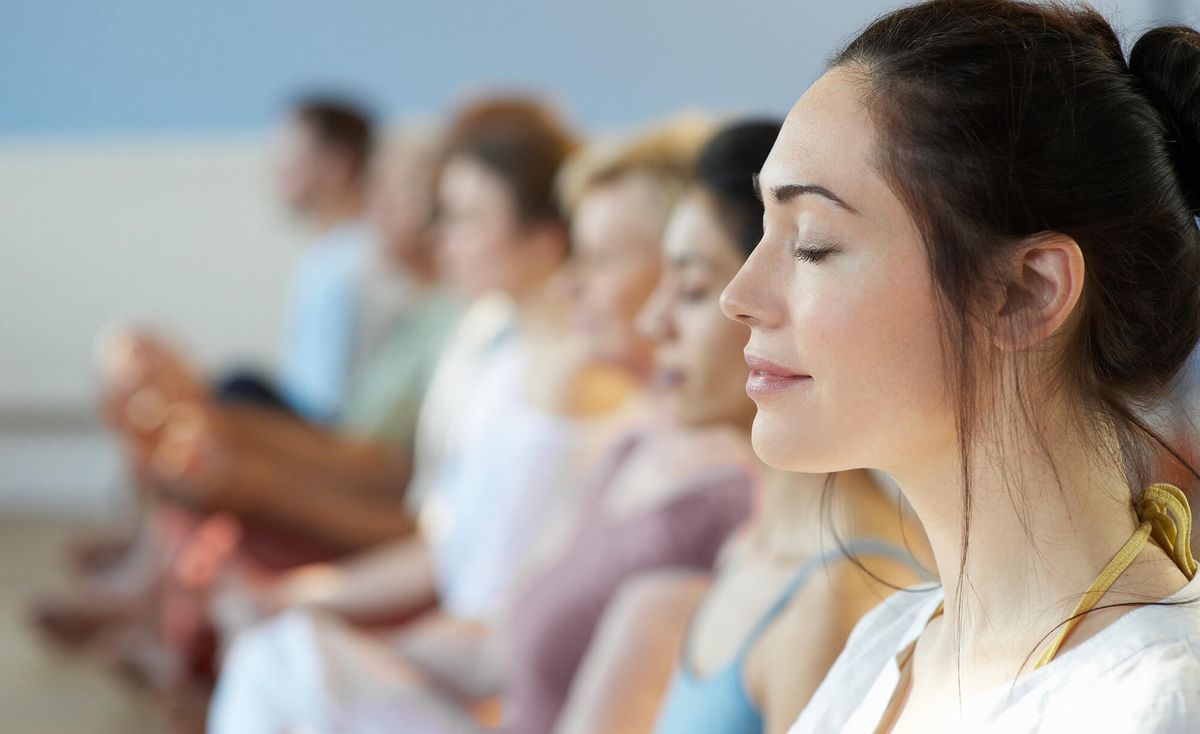Our breath is the most important and immediate necessity in life. Without the ability to breathe, we would be alive for mere minutes. We can survive 30-40 days without food, two-weeks without water, and 10 days without sleep, but we probably think about those necessities much more than our most urgent and precious breath of life. While we may not put much thought into our breath, taking control of one’s breathing patterns can have a great positive effect on the body, mind, and spirit.
Breath not only keeps us alive, but proper breathing patterns aids in keeping us calm, balanced, and can be shown to improve our health. Although we can have almost full control of our breathing, we are typically unconscious of our breathing patterns and simply unawares that different breathing patterns exist. While western science is relatively new to the application of breathing techniques to improve lung functionality, there have been techniques from all over the world that have been shown to improve function of the lungs and produce relaxation. Let’s discover a couple of ways we can improve our breathing through a few different practices.
One important way to improve the expansion and movement of the diaphragm, lungs, and chest is proper posture. When we slouch, we are inadvertently constricting our lung capacity through our entire torso. Sitting upright, engaging your core (to include the abdominals and the back muscles), and rolling your shoulders back can help expand the belly and the chest for improved inhalation of air.
Another thing many people do unconsciously is breathe through their mouth. Humans are designed to breathe through their nose. Simply exhaling through the mouth is one thing, but constantly inhaling and exhaling through the mouth either awake or asleep will come with unexpected symptoms. Mouth breathing can cause dry mouth, hoarseness of the throat, snoring, and other non-life threatening issues regarding the jaw and teeth. Doctors are confident that mouth breathing is a highly treatable condition and the sooner one can identify and address the issue with a doctor, the better. Breathing through the mouth forcibly, but temporarily, in the case of allergies, a cold, or any sinus infections, etc. has its role in being a secondary breathing route. However, it’s presumed, generally it’s a good idea to intentionally breathe through the nose, if one can. Luckily, especially in yoga, there are many breathing techniques out there to improve nostril breathing!
The last, but not in the very least, tip I have is diaphragm breathing. Truly our lungs extend further down our torso than just the upper chest. In order for the lungs to fully expand, intentionally pulling air deep down into the lungs so that the belly rises and falls, is part of an ideal breathing pattern. It allows for a full expansion of the lungs and contributes to maximum oxygen uptake. To diaphragm/belly breathe, one can place their hand on their belly and feel the belly rise first, and the chest second, during inhalation, and fall with the chest during exhalation. This can be done over several minutes at a time in practice, and eventually the body catches on and will start breathe this way unconsciously.
There is a myriad of techniques out there and many of them have their origins in the practice of Yoga. Again, the studies on these breathing techniques are not heavily researched, but many people have reported some amazing results from incorporating even just a few breathing exercises. Sometimes the answer to some things in life is simply a few good deep and productive breaths. A few breaths to keep our shine glowing and our minds calm. Happy Breathing!
https://www.healthline.com/health/breathing-exercise#belly-breathing
https://www.quickanddirtytips.com/health-fitness/exercise/how-to-breathe-the-right-way
https://www.themindfulword.org/2007/inefficient-habits-controlled-breathing
https://www.medicalnewstoday.com/articles/319487.php#what-causes-mouth-breathing
https://www.ameritasinsight.com/wellness/mouth-breathing-causes-treatment

